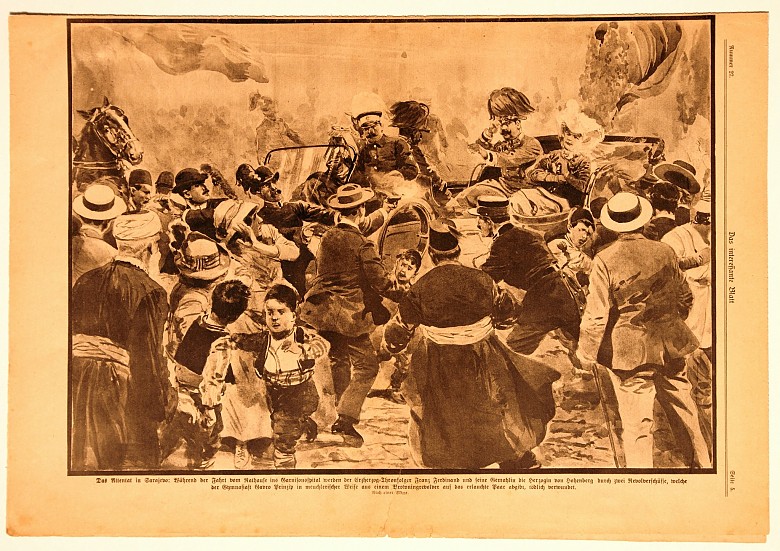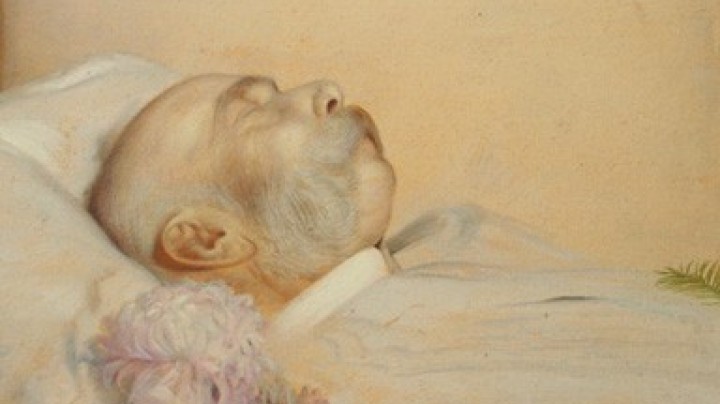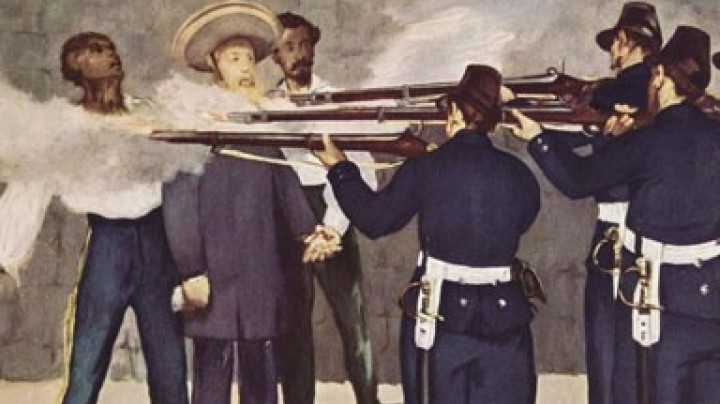From Sarajevo to Artstetten – Franz Ferdinand’s final resting place
On 28 June 1914, the heir to the Austrian throne, Franz Ferdinand, and his wife Sophie were shot dead. The assassination that took place in Sarajevo directly caused the July Crisis which led to the First World War. Yet why were the heir and his wife not interred in the Imperial Crypt in Vienna?
When Emperor Franz I purchased Artstetten Palace in 1823, situated near Melk in Lower Austria, it came into the ownership of the Habsburg family. Franz I bequeathed the estate to his fourth wife, Empress Caroline Auguste, and she in turn left it to her grandson Carl Ludwig, the second-oldest brother of Franz Joseph.
The Archduke had the building lavishly renovated both internally and externally, and laid out a large park. He would spend several weeks there in the spring and summer until, in 1866, Emperor Maximilian of Mexico bought the palace from his brother. However, Maximilian was never able to use his newly-acquired estate, since he was executed in Mexico just one year later. Thus it returned to the ownership of Carl Ludwig, who passed it on to his eldest son Franz Ferdinand in 1889.
One year later, Franz Ferdinand decided to marry, for love, a woman below his station, Countess Sophie Chotek, an aristocrat from the Bohemian nobility. As a result, not only did he have to agree to his descendants waiving their claim to the throne, but he also knew that he could not be buried together with his beloved wife in the Imperial Crypt. In order to spare the Countess such ignominy - at the Viennese court she was reminded at every opportunity of her inferior status – Franz Ferdinand pre-empted the situation in 1910 by setting up a family crypt below the choir of the Schlosskirche. Only four years later the couple fell victim to assassination in Sarajevo, which was exploited as the trigger for the First World War. The funeral ceremony in Artstetten was deliberately low-key.
Upon request, today’s visitors to the family crypt at Hohenberg are handed a large key in order to explore on their own the resting place where the subsequent generations of the family were also buried. The palace itself houses a substantial exhibition on the life of Franz Ferdinand and his family.


















